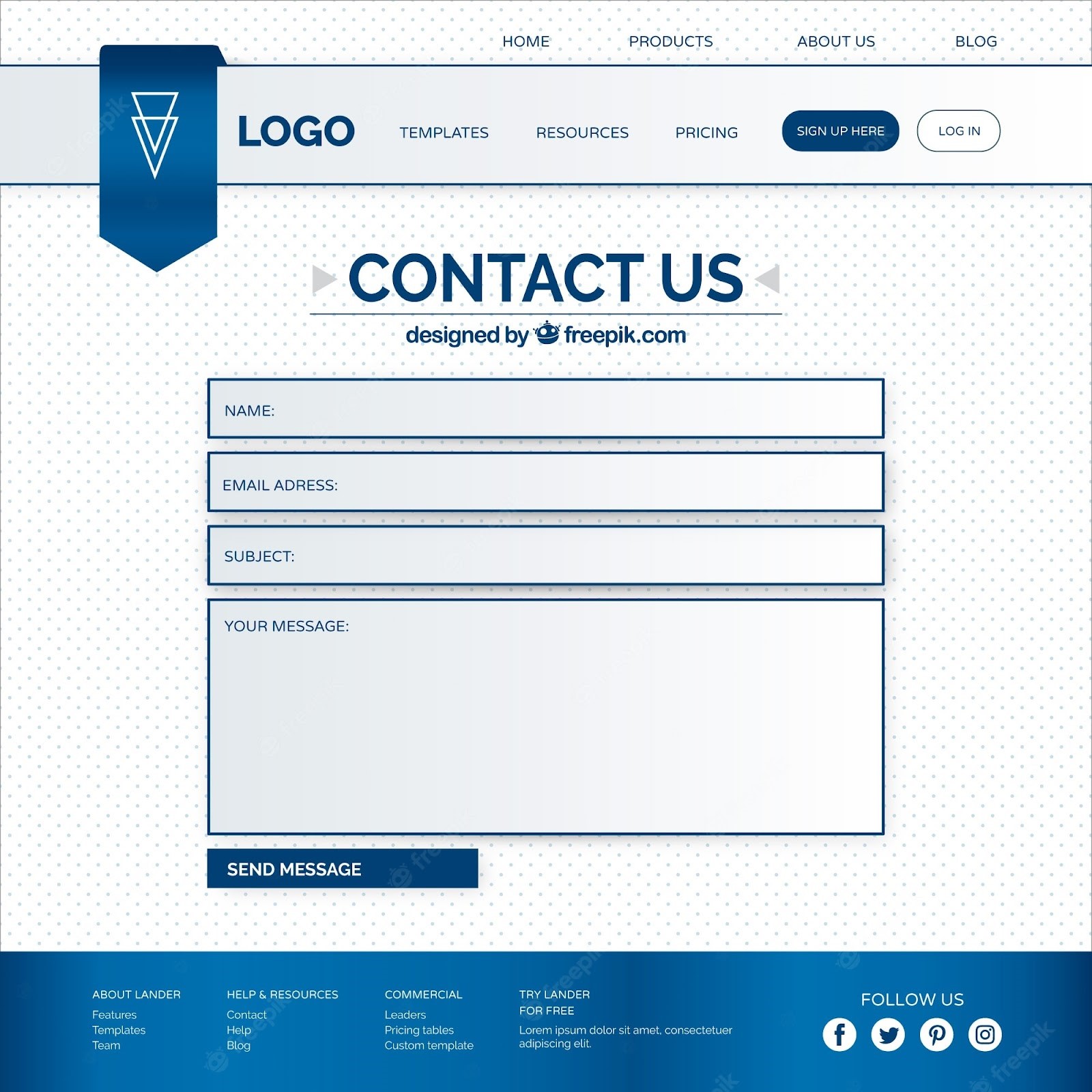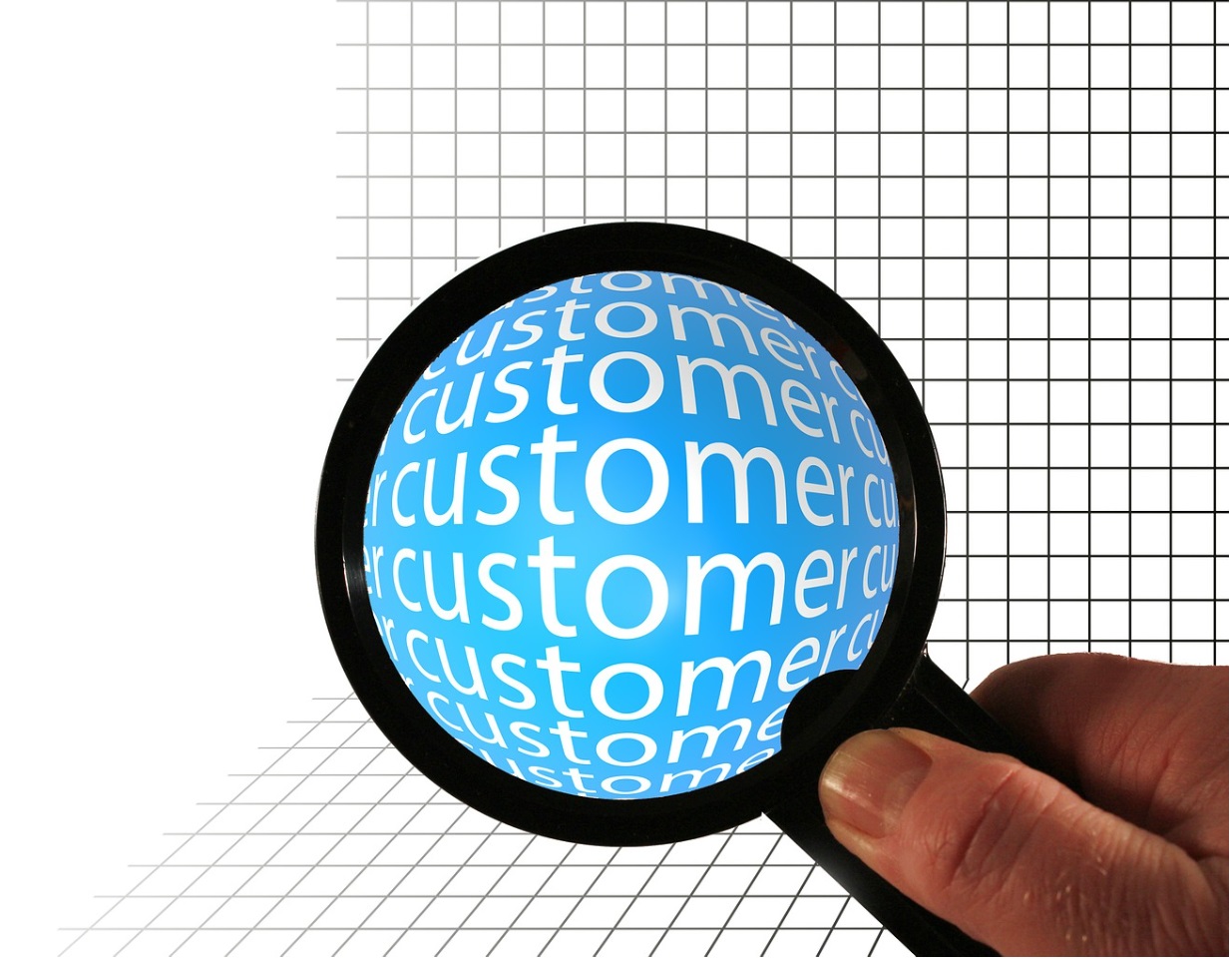As a marketer, understanding your target customers is key to success. An effective way to do this is to create a buyer persona . A buyer persona is a detailed representation of your target customer, including demographics, psychographics, and pain points. In this article, we’ll look at what a buyer persona is , why it’s important, and how to create one.
What is a buyer persona?
A buyer persona is a semi-fictional representation of your typical customer base, based on market research and real data about your existing potential customers. It goes beyond basic demographics such as age, gender, and location and includes information about their behaviors, goals, challenges, and issues. A buyer persona helps you better understand your customers and allows you to tailor your marketing strategy and marketing actions to their needs and preferences.
How do you research and collect information for your Buyer Persona?
Creating a buyer persona requires research and data collection. Here are some steps to follow:
1. Analyze your existing customer base
Start by analyzing your existing target customer. Examine their demographics, behaviors and preferences. This will give you a good starting point for creating your buyer persona.
2. Conduct surveys and interviews
Surveys and interviews are a great way to gather additional information about your current and potential customers. Ask questions about their goals, challenges, and weaknesses. This will help you better understand their needs and preferences and put a strategy in place.
3. Use analytics tools
Analytics tools like Google Analytics and social media analytics tools can provide valuable insight into the behaviors and preferences of your current and potential customers. Use this information to create a more accurate buyer persona.
4. Check online reviews and social media
Online reviews and social media can provide valuable insight into what your customers like and dislike about your brand. Use this information to improve your products and services and implement a more targeted marketing strategy.
Create Your Buyer Persona – Demographics, Psychographics, and Pain Points
Once you’ve gathered all the necessary information, it’s time to create your buyer persona. A buyer persona should include the following elements:
1. Demographics
Demographics includes basic information such as age, gender, income, and location. They help you understand who your customers are and where they come from.
2. Psychographic data
Psychographic data includes information about the values, beliefs, and behaviors of your current and potential customers. They help you understand their motivations and preferences.
3. Pain points
Pain points are the challenges and barriers your target customers face. They help you understand their needs and how you can help them solve their problems.
When creating your buyer persona , be as detailed as possible. Use real data to back up your assumptions and make sure your persona accurately reflects your target customer.
B2B or B2C: What are the differences between personas?
The buyer persona of a B2B company is different from that of a B2C company. Here are some key differences:
1. Decision-making process
In a B2B context, the decision-making process is often longer and involves several stakeholders. This means you need to create a more detailed persona that takes into account each stakeholder’s needs and preferences.
2. Pain points
In a B2B context, the pain points are often related to productivity, efficiency and cost reduction. Understanding these pain points is critical to creating a successful marketing strategy.
3. Marketing channels
B2B customers are often reached through different marketing channels than B2C customers. For example, B2B customers may be more likely to respond to email marketing or trade shows, while B2C customers may be more likely to respond to social media or influencer marketing.
Using your Buyer Persona to make marketing decisions
Once you’ve created your buyer persona, it’s time to use it to craft your marketing strategy. Here are some ways to use your buyer persona:
1. Develop targeted marketing campaigns
Use your buyer persona to create targeted marketing campaigns that resonate with your audience. This ranges from the messages you use to the images you choose.
2. Optimize your website
Use your buyer persona to optimize your website for your target audience. This ranges from the content of your website to the design and user experience.
3. Create relevant content
Use your buyer persona to create relevant content that addresses the pain points and challenges of your target customers. These can include blog posts, social media content, and email marketing campaigns.
4. Personalize your sales pitches
Use your buyer persona to personalize your sales pitches. This includes tailoring your message to the needs and preferences of your current or potential customers and using the right tone and language.
Common mistakes to avoid when creating a buyer persona
Creating a buyer persona isn’t always easy, and there are some common mistakes to avoid. Here are a few :
1. Make assumptions
Don’t rely on assumptions when creating your buyer persona. Use real data to back up your assumptions and make sure your persona accurately reflects your target audience.
2. Being too generic
Don’t create a generic buyer persona that doesn’t accurately reflect your target audience. Be as specific as possible and use real data to back up your assumptions.
3. Ignore pain points
Ignoring your customers’ pain points can be a costly mistake. Make sure you understand the challenges and barriers they face and use that information to create an effective marketing strategy.
Examples of successful buyer personas
Here are some examples of successful buyer personas:
1. HubSpot
HubSpot’s buyer persona is detailed and includes information about their customers’ goals, challenges, and pain points. This helps them create targeted marketing campaigns that resonate with their audience.
2.Moz
Moz’s buyer persona includes information about the motivations and preferences of its customers. This helps her create relevant content and personalized sales pitches that meet her clients’ needs.
3.Salesforce
The Salesforce buyer persona includes information about the decision-making process and pain points of its customers. This helps them create marketing campaigns that meet the needs and challenges of their customers.
Buyer persona templates and tools
Creating a buyer persona can take time, but there are plenty of templates and tools that can help. Here are a few :
1. HubSpot Persona Model
HubSpot has a free buyer persona template that you can use to create your own persona. This template includes sections for demographics, psychographics, and pain points.
2. Persona Xtensio Tool
Xtensio offers a free buyer persona tool that allows you to create a detailed persona in minutes. This tool includes sections for demographics, psychographics, and pain points.
3. Buyer Persona Institute
The Buyer Persona Institute offers a series of resources and tools to help you create successful buyer personas. These include webinars, templates, and case studies.
Why is it important to know buyer personas?
It is essential to know your buyer personas to implement an effective marketing strategy. Here are some reasons:
1. Adapt your marketing strategy
When you know your customers’ needs and preferences, you can create targeted marketing campaigns that resonate with your audience. This increases your chances of converting prospects into customers and retaining existing customers.
2. Improve product development
By understanding the issues and challenges of your current and potential customers, you can develop products and services that meet their needs. This improves the satisfaction of your customers and increases the likelihood that they will renew their trust in you.
3. Optimize your sales process
When you know the purchasing habits and behaviors of your target customers, you can optimize your sales process. This ranges from the content of your website to the messages you use in your sales pitches.
4. Build brand loyalty
When you create marketing campaigns tailored to the needs and preferences of your customers, you build brand loyalty. Customers feel understood and appreciated, which encourages them to stay loyal to your brand.
Integrate your Buyer Persona into your marketing strategy
Integrating your buyer persona into your marketing strategy is essential for success. Here are some ways to achieve this:
1. Create a content strategy
Use your buyer persona to create a content strategy that addresses your customers’ pain points and challenges. These can include blog posts, social media content, and email marketing campaigns.
2. Optimize your website
Use your buyer persona to optimize your website for your target audience. This ranges from the content of your website to the design and user experience.
3. Personalize your sales pitches
Use your buyer persona to personalize your sales pitches. This includes tailoring your message to the needs and preferences of your current and potential customers and using the right tone and language.
4. Check and analyze your results
Monitor and analyze your results to know how your buyer persona is performing. Use this information to make adjustments and improve your marketing strategy over time.
Conclusion
Creating a buyer persona is essential for any business that wants to build a strong brand and attract loyal customers. By understanding the needs and preferences of your target customers, you can create targeted marketing campaigns that resonate with your audience. Use soContact to implement the tips and tools presented in this article to create your own buyer persona and integrate it into your marketing strategy.
What is a buyer persona?
Why is it important to create a buyer persona?
How can you collect data to create a buyer persona?
How can you use a buyer persona to improve your marketing strategy?
How can you incorporate a buyer persona into your sales process?
How many buyer personas should you create?











